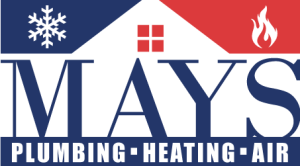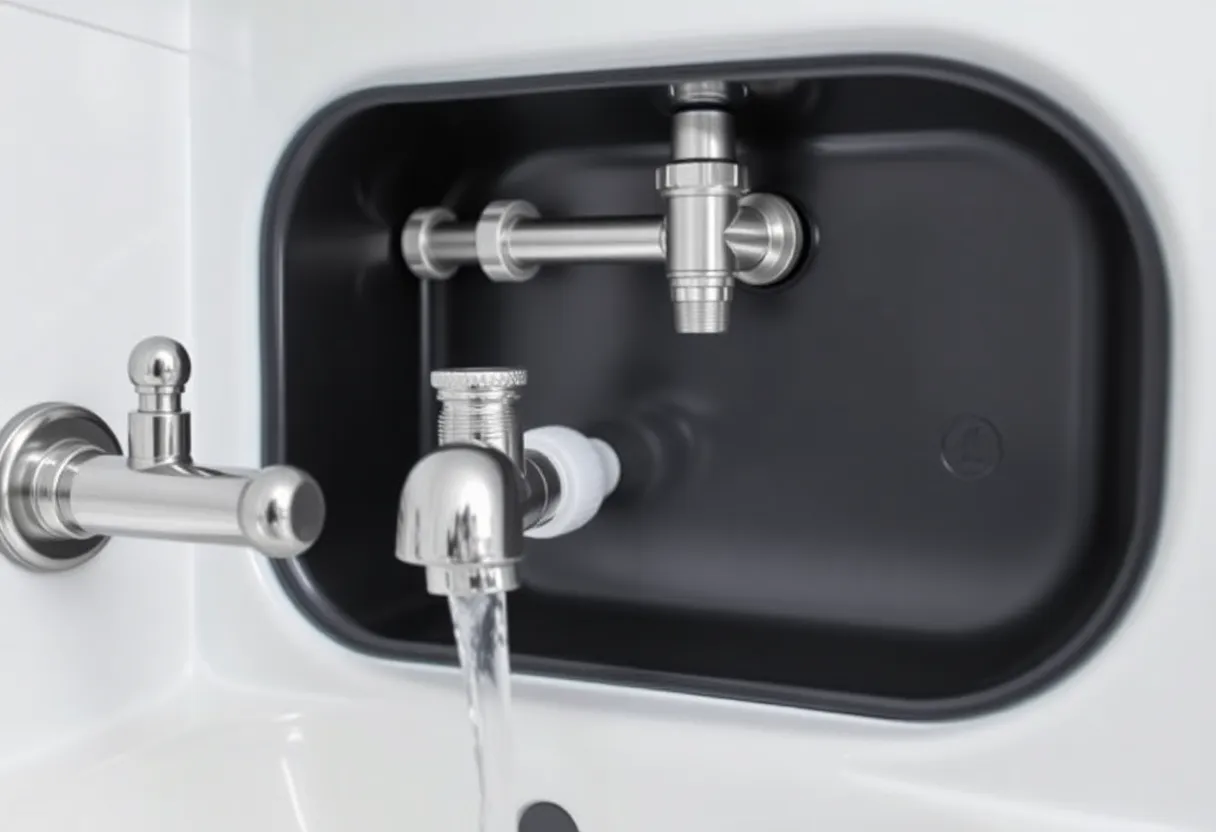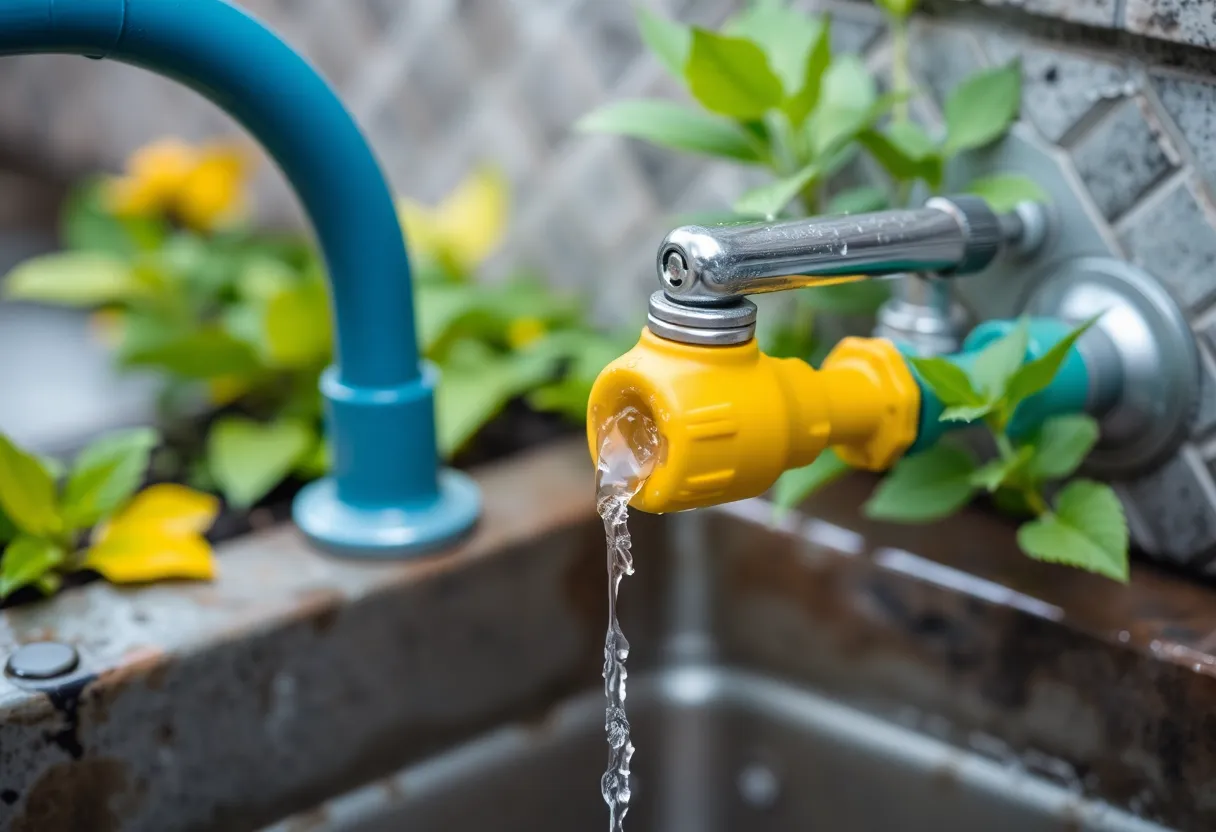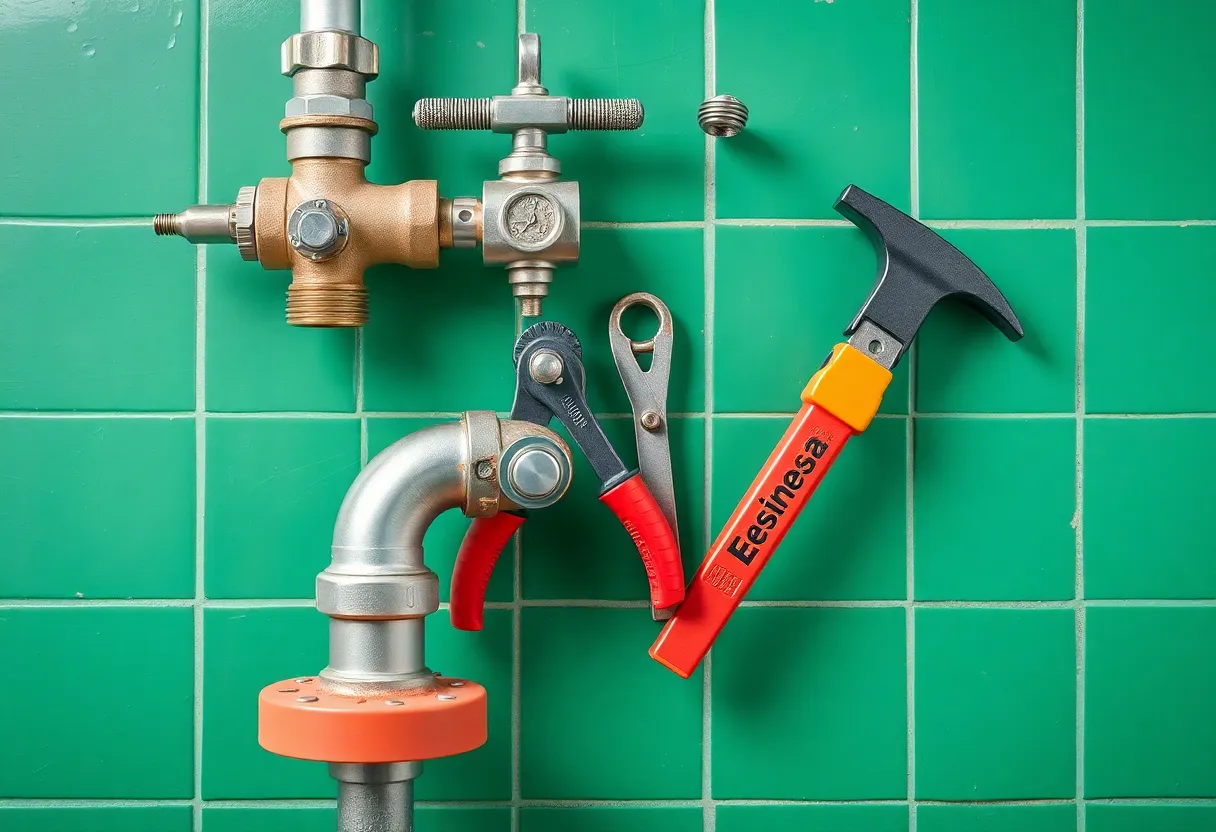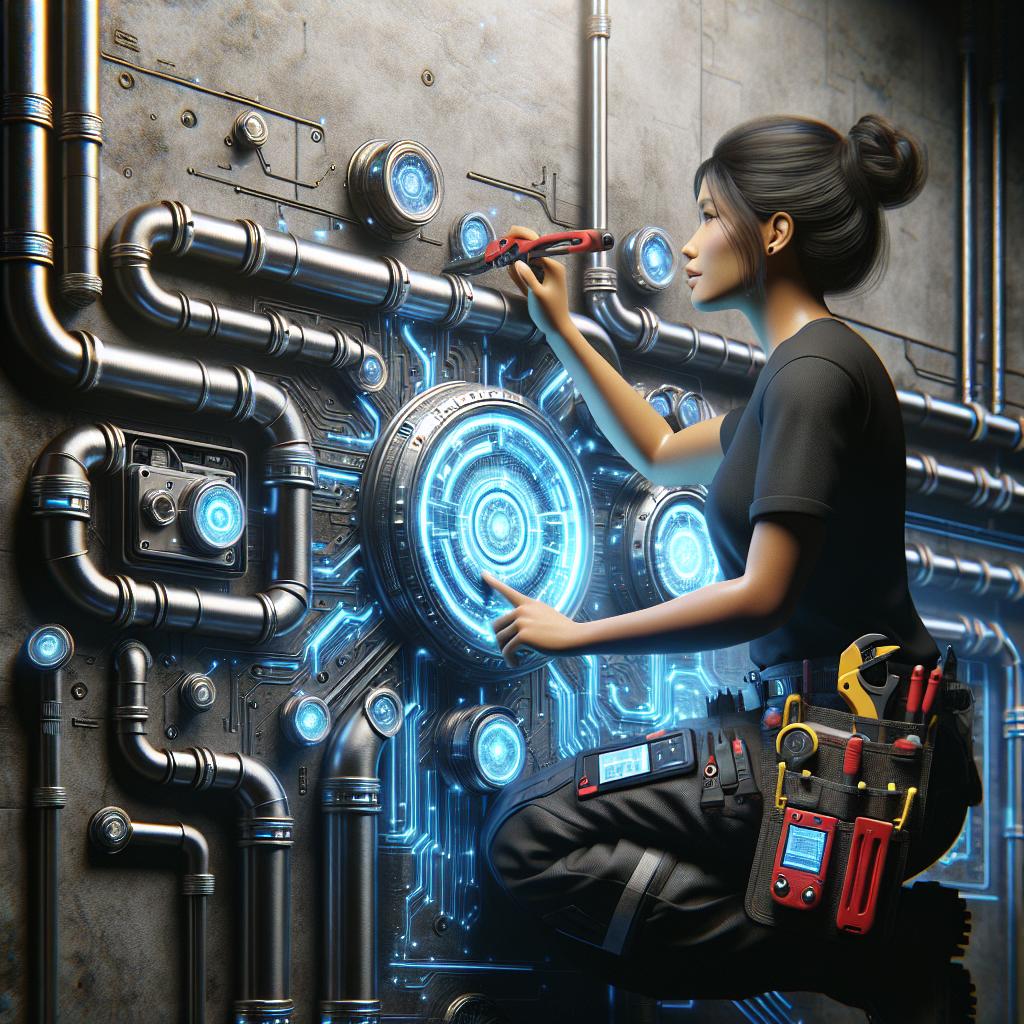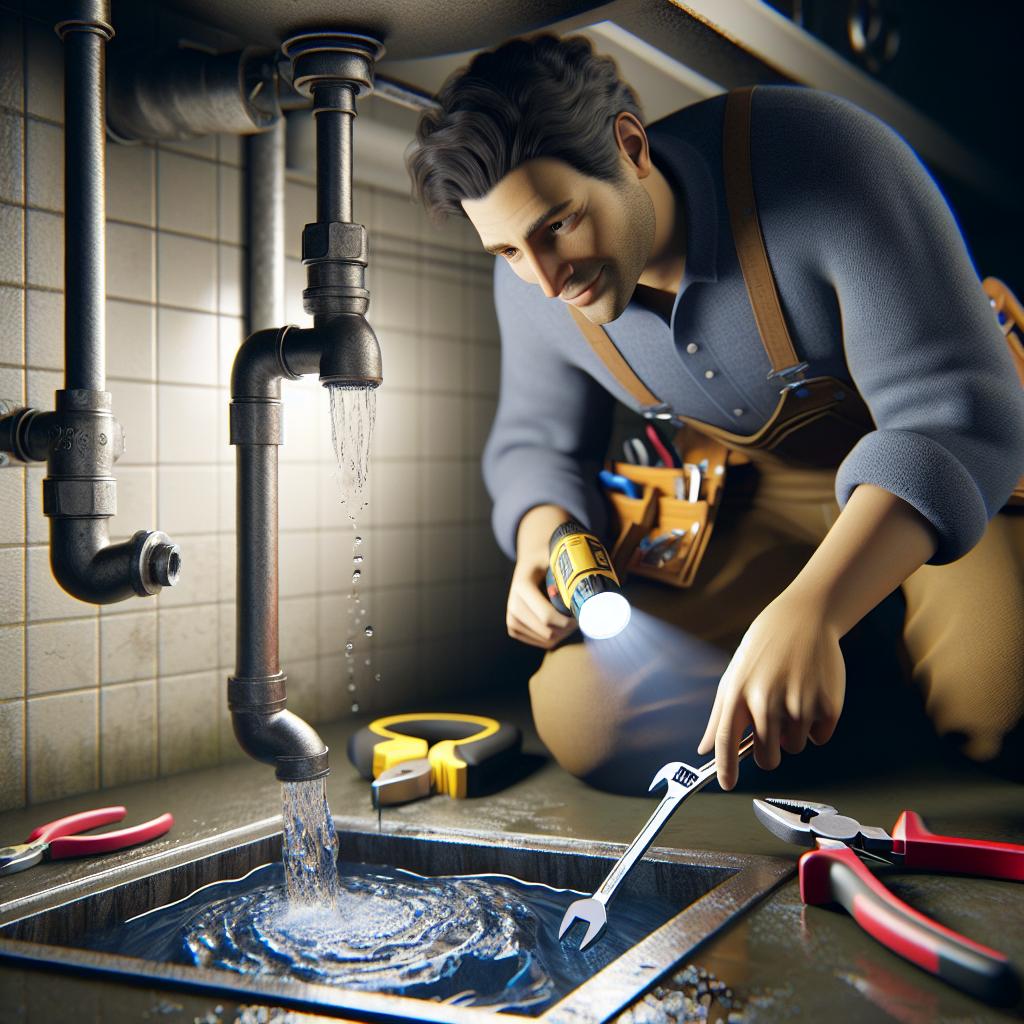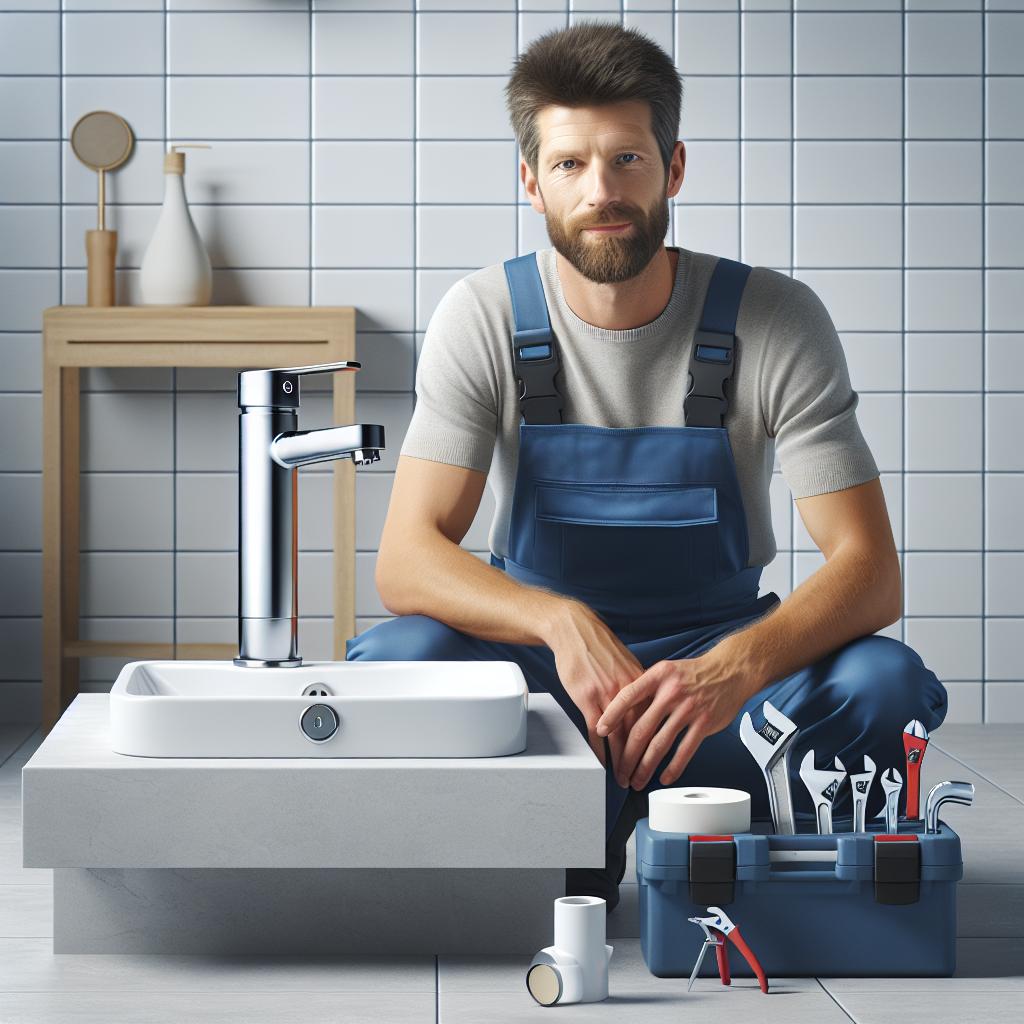The Plumbing Whisperer: 7 Subtle Signs Your Home Needs a Plumbing Overhaul
As a homeowner, you may take many features of your house for granted, including the plumbing system that runs through the walls. It operates silently, yet effectively, until one day you realize something just isn’t right. Understanding the telltale signs that indicate your home may need a plumbing overhaul can be the difference between minor repairs and massive renovation. Here are seven subtle signs that should alert you to the potential need for a plumbing update.
1. Persistent Drips and Leaks
A leaky faucet or a dripping pipe may seem like a minor issue, but they can indicate much deeper problems. If you’re constantly tightening those faucets, noticing water stains on your ceilings, or finding unexplained puddles on the floor, it’s time for a closer examination. The following points are essential to consider:
The Cost of Water Waste
Did you know that a single leaky faucet can waste over 3,000 gallons of water a year? Not only does this drive up your water bill, but it can also lead to major foundation issues if left unattended. This is especially true in older homes where the plumbing might not have been updated in decades.
Hidden Damage
Water leaks can cause mold growth, structural damage, and other complications that require extensive repairs. Over time, the damage can worsen, leading to increased costs and lengthy repairs. If you notice these signs in your home, it may be time for a plumbing overhaul.
2. Low Water Pressure
Have you ever wondered why your shower doesn’t seem as invigorating as it once did? Low water pressure can stem from several issues, and unfortunately, many of them point to problems within your plumbing system. Consider the following:
Clogged Pipes
One of the most common causes of low water pressure is clogged pipes. Mineral buildup, rust, or debris can restrict the water flow, resulting in weak water pressure throughout the house.
Corroded Pipes
If your plumbing system is old and the materials used have corroded, it may also lead to low water pressure. In these cases, a comprehensive plumbing overhaul might uncover corrosion that needs replacing.
3. Unusual Odors
Strange or foul smells emanating from your sinks, toilets, or drains can be a clear sign that something is amiss within your plumbing system. Here are the potential causes:
Backed-Up Sewage
One of the most troubling smells to notice is that of sewage. This odor can indicate backed-up sewer lines that require immediate attention. Ignoring it can lead to significant health hazards and expensive repairs if raw sewage leaks into your home.
Decaying Organic Matter
In addition, odors that smell like rotten eggs or sulfur might suggest decomposing organic material trapped within your pipes, highlighting the need for urgent plumbing maintenance.
4. Increased Water Bills
Have you noticed a sudden spike in your water bills? An unexplained increase in water consumption may be tied directly to plumbing problems that necessitate an overhaul:
Hidden Leaks
Hidden leaks can account for huge amounts of wasted water, leading both to increased bills and extensive structural damage. Regularly monitoring your water bills can help you catch these issues before they become overwhelming.
Outdated Fixtures
Older plumbing fixtures may also consume more water than their modern counterparts. Upgrading to efficient fixtures can lead to significant savings over time, as well as enhance everyday usability.
5. Gurgling Drains
If you hear gurgling sounds emanating from your sinks or toilets, it’s more than just an odd noise; it can be an alarming indication of increased air in your plumbing system:
Ventilation Issues
Poor ventilation can cause gurgling as air struggles to escape through clogged vents. Over time, this can lead to more severe plumbing issues.
Clogs
Another cause could be clogs in the pipes. Gurgling noises in your drains often signal that water is struggling to pass through, which could result in serious backups if not addressed.
6. Changes in Drainage Speed
Do you notice that water takes longer to drain each time you use the sink or shower? Slow drainage can result from a variety of plumbing issues, many of which indicate the need for an overhaul:
Clogged Pipes
Similar to gurgling drains, slow drainage often indicates clogged pipes. Hair, grease, or debris may be obstructing the plumbing, leading to frustration and potential overflow.
Underground Problems
In some cases, slow drainage may suggest that you have deeper issues, such as tree roots breaching your sewer line or deteriorating pipes. Identifying and addressing the root cause quickly can help you avoid costly repairs later.
7. Consistent Age of Plumbing System
Last but not least, consider the age of your plumbing system. If your home was built over 50 years ago, it may be time to take a look at the entire plumbing setup:
Outdated Materials
Older homes often contain plumbing materials like lead, galvanized steel, or cast iron. These materials could endanger your family’s health and weaken your plumbing system over time. An upgrade to modern materials would improve efficiency and safety.
Advantages of an Overhaul
An entire plumbing overhaul ensures not only the replacement of outdated materials but also brings an opportunity to improve efficiency, water flow, and overall home value.
Conclusion
Being a homeowner means being vigilant about the signs that your plumbing system may need attention. The seven subtle indicators discussed here can help you recognize when it’s time to call in a professional for an assessment. Ignoring these signs will not only lead to minor inconveniences, but could also lead to significant and costly repairs down the line. By addressing these issues proactively, you can ensure a well-functioning plumbing system that keeps your home and family safe. If you see these subtle signs, don’t hesitate to consult a qualified plumbing professional to assess your home’s situation.
Your home deserves the best care, and by being mindful of the plumbing system, you can contribute to its long-term health.



